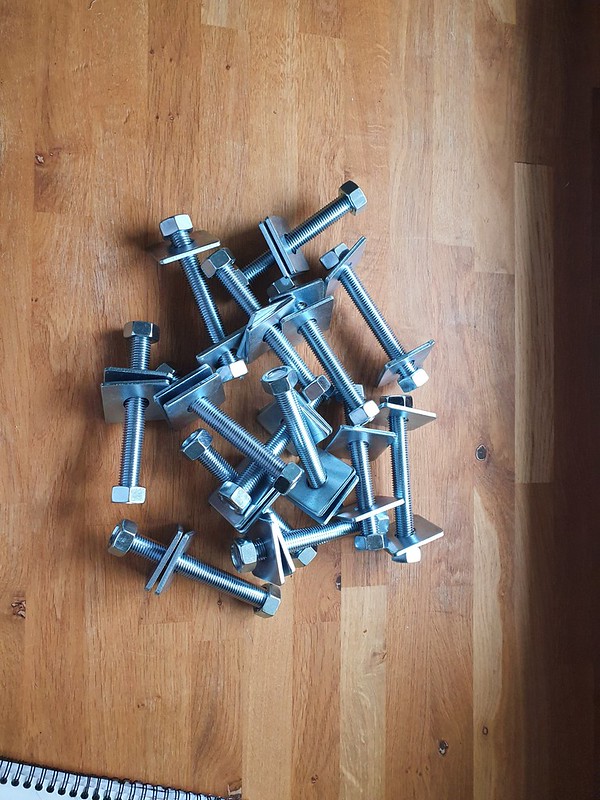DBT85
Established Member
Well I shant be doing anything in the swimming pool today.
It's been overly moist here since about 4am with no signs of stopping. Maybe I'll cut my m16 rod and feel like I'm still doing something (hammer)
At one point yesterday I thought "oh poop, I have no more 2x6 for the remaining rafter ties, I'll have to get some" and it wasn't until I was making my post last night that I looked at the picture and remembered where my 2x6 had ended up. poking up into the sky to hold up the ridge!
It's been overly moist here since about 4am with no signs of stopping. Maybe I'll cut my m16 rod and feel like I'm still doing something (hammer)
At one point yesterday I thought "oh poop, I have no more 2x6 for the remaining rafter ties, I'll have to get some" and it wasn't until I was making my post last night that I looked at the picture and remembered where my 2x6 had ended up. poking up into the sky to hold up the ridge!

































